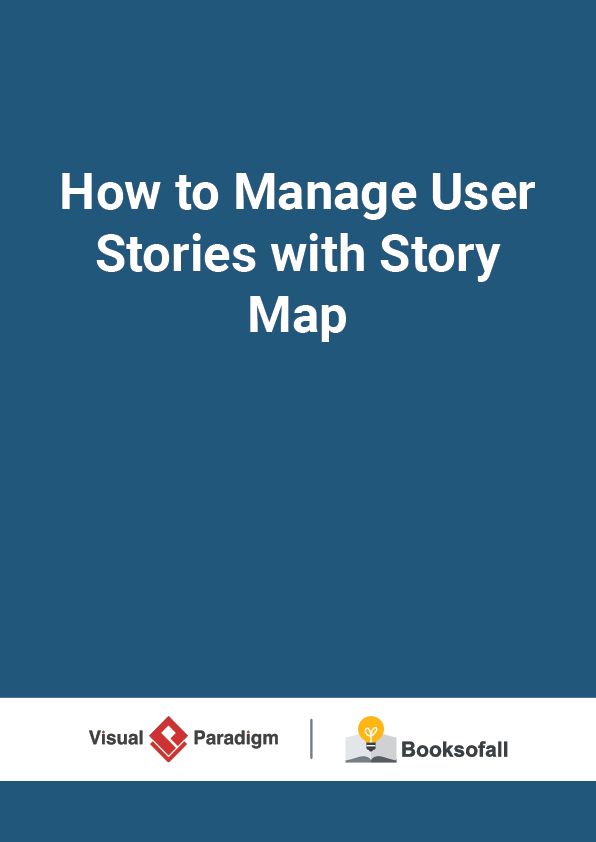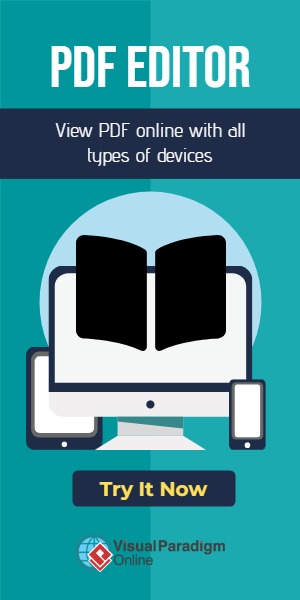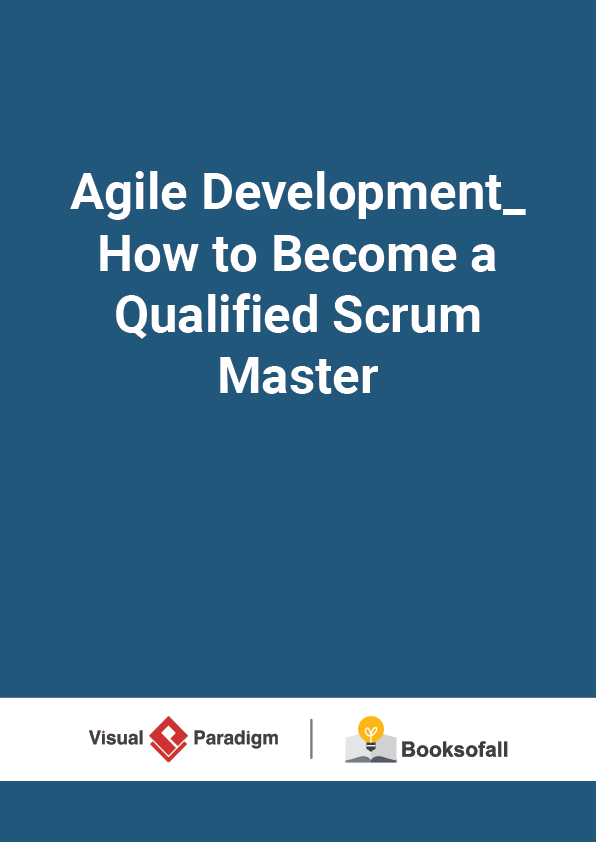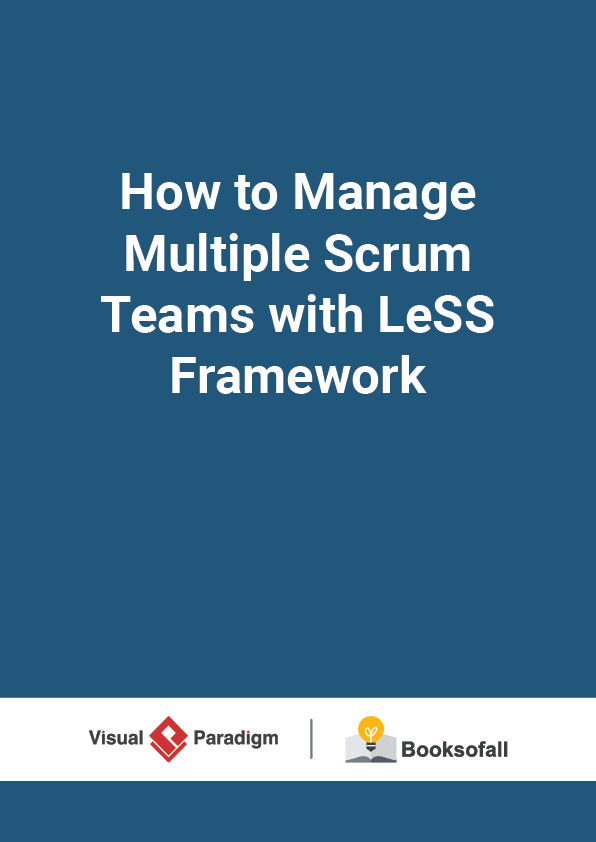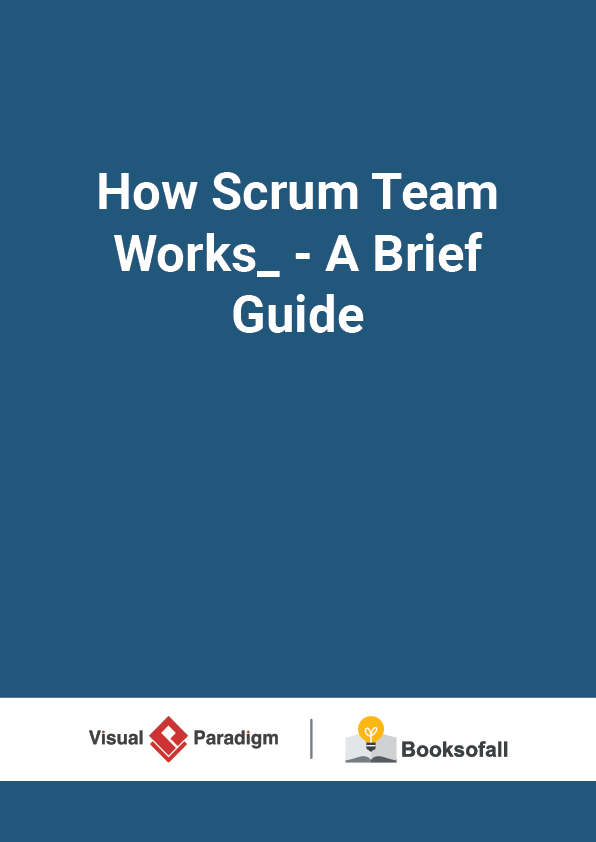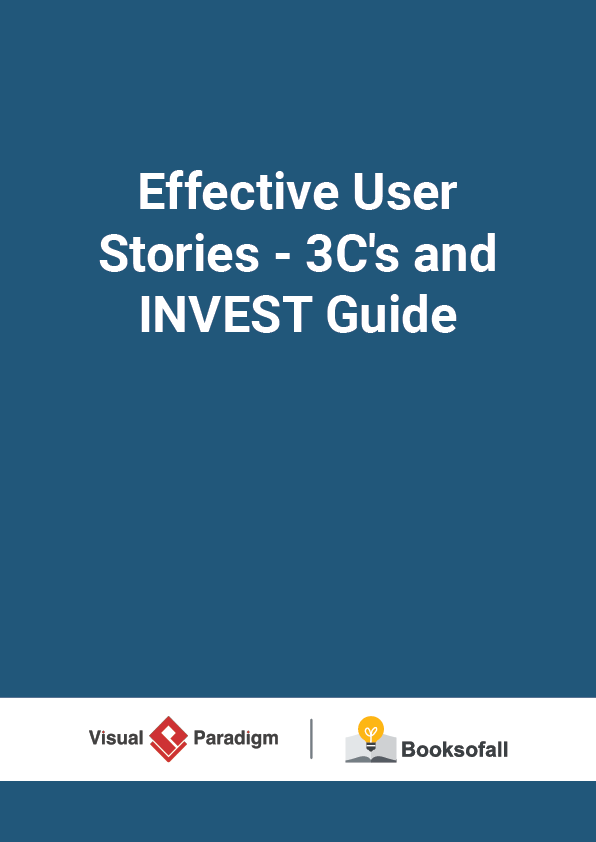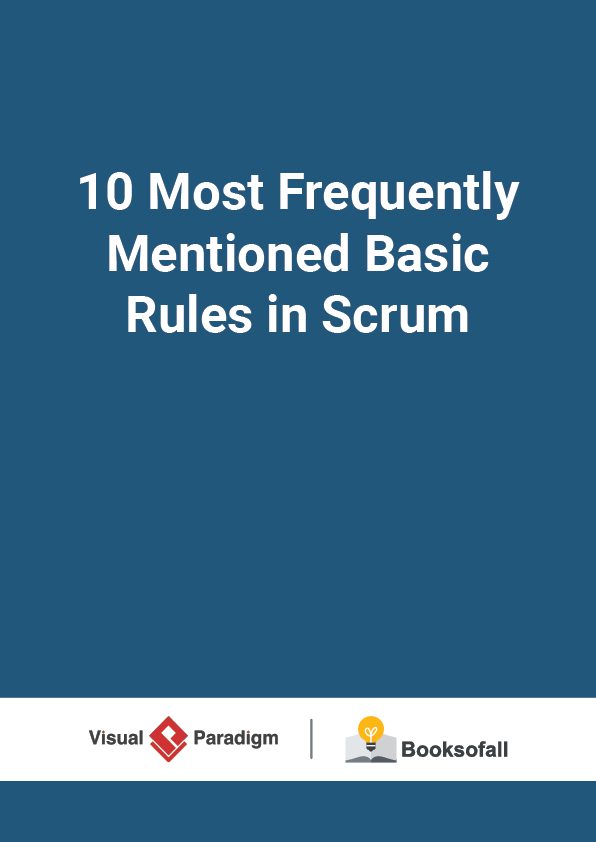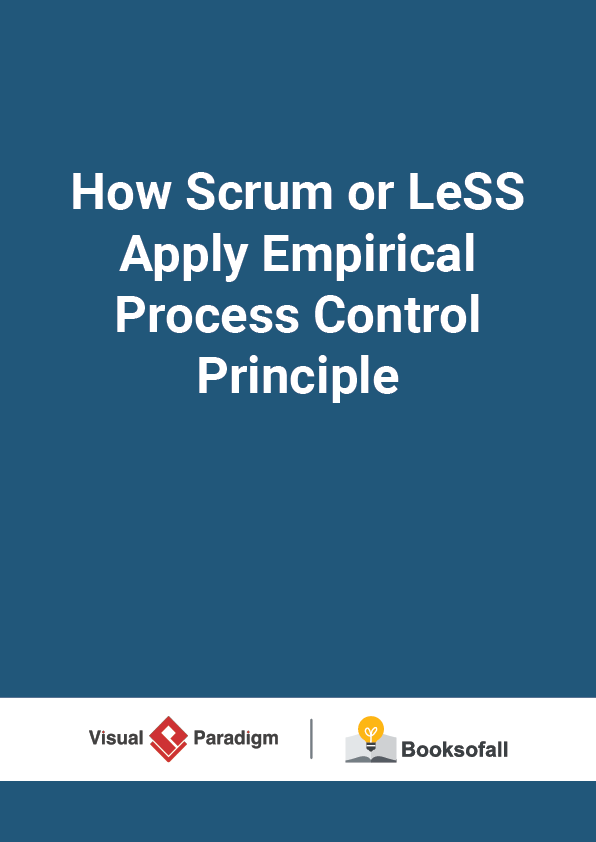How to Manage User Stories with Story Map?
8-10 minutes
To organize a large collection of user stories (or PBIs) in a product backlog is a tough thing to do. As time goes by, and the product grows, what was once a simple list of prioritized items gets unmanageable. Working from a huge list makes it very difficult to navigate and very easy to get “lost” in it. You lose track of what’s going on, what should come next and what’s a low priority.
Story Maps were first introduced by Jeff Patton in 2005. The main idea behind Story Maps is that single-list product backlogs are a terrible way to organize and prioritize the work that needs to be done. A richer structure is necessary. A user story map is a powerful tool that enables an agile team to groom their product backlog and plan the product releases more effectively. Story mapping is a great approach for organizing user stories of our product in a holistic view.
What is User Story Mapping?
A user story map helps you arrange user stories into a useful model for understanding the functionality of a system, identifying holes and omissions in your backlog, and effectively plan holistic releases that deliver value to users and businesses through releases.
A user story map captures the journey a customer takes with the product including activities and tasks they perform with the system. Creating a story map collaboratively ensures team members are on the same page from the start of the project throughout the ongoing development of new releases.
Here are a few benefits of using a story map as a user story tool:
- Manage backlog with an overview and leveled structure
- Brainstorm, discuss and prioritize user needs in a collaborative approach
- Manage activities and tasks (walking skeleton), and divide them into epics or user stories systematically
- Arrangement and prioritization of user activities and user tasks, or drill down to refine them into related epics or user stories
- Manage user stories online for both remote and co-location environments collaboratively for keeping everyone in your team on the same page.
Why You Need a User Story Mapping Tool like Visual Paradigm?
Listed below are some of the reasons why you need a user story mapping tool like Visual Paradigm in story mapping.
- Never run out of space on your whiteboard,
- Easy to organize, update and modify information in the stickers
- Easy to organize stickers for prioritization of stickers by dragging and dropping stickers around in the map
- Manage user stories online for both remote and co-location environments collaboratively for keeping everyone in your team on the same page.
Structure of a Story Map
Story mapping consists of ordering user stories along two independent dimensions. The “map” arranges user activities along the horizontal axis in rough order of priority (or “the order in which you would describe activities to explain the behavior of the system”).Down the vertical axis represents increasing sophistication of the implementation.
Given a story map so arranged, the first horizontal row represents a “walking skeleton“, a bare bones but usable version of the product. Working through successive rows fleshes out the product with additional functionality.
Flexible Structure Complex or Simple Projects
Visual Paradigm’s Story map supports a 3 or 4-level hierarchical structure for requirements gathering which is suitable for either complex, medium or simple projects. Story map starts from a collection of user features received from different sources (i.e. use case, BPMN, WBS or even mind maps) into the backlog of the story map, and the seuser features will be realized as user activities and into a related walking skeleton (user tasks). And these tasks can be breakdown further into epics, and then user stories for software development.
3-level Story Map for Medium Size Project
The 3-level story map involves three compartments: Activities > Tasks > Stories (Default)
4-level Story Map for More Complex Project
The 4-level story map adds Epics into the 3-level map: Activities > Tasks > Epics >Stories (Configurable to)
Theme vs epic vs user story vs Task
Products are typically described by hundreds of requirements which are organized in the product backlog. Theme or epics cannot be completed in one sprint so they are broken into more user stories and subsequently a group of related tasks. Epics are then deliver edin releases. But even small user stories from different epics can have something in common. Such a group of user stories is called theme.
The Granularity of Product Backlog Items
Have you ever been confused by the use of terms like Theme (or feature) or epics in Agile Development? New-comers may not know what differences are and even lead to mistakes. Scrum doesn’t have “stories”, “epics”, etc. Scrum has Product Backlog Items (PBIs),which are often prioritized, split and refined into epics, user stories, technical tasks, spikes and bugs in a just-in-time manner in the backlog grooming process.
